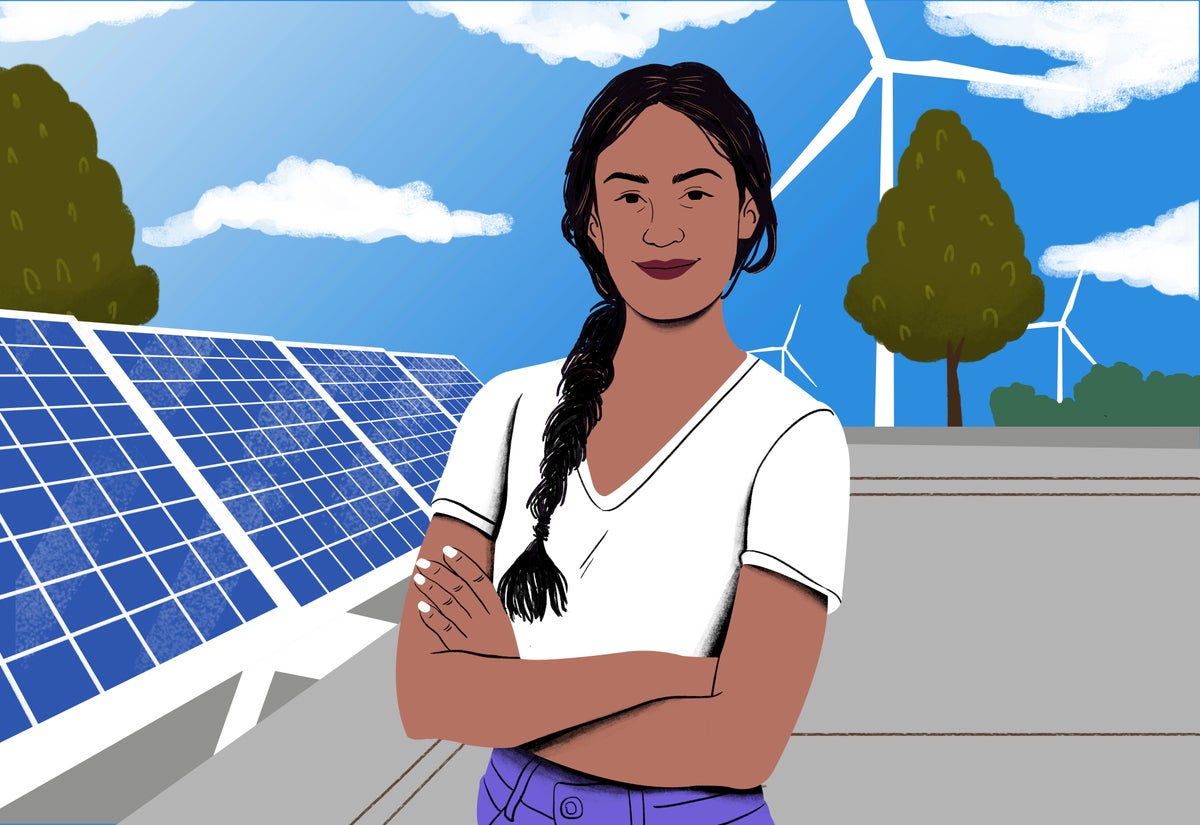How Feminism Can Guide Climate Change Action

Climate Crisis: Embracing a Feminist Perspective for a Sustainable Future
Gender and Climate Change
As the world hurtles towards record-breaking temperatures, it's imperative to address the alarming disconnect between climate action and the devastating consequences facing vulnerable populations.
Inequalities based on gender, race, and class fuel the climate crisis, while simultaneously undermining the abilities of marginalized communities to adapt.
Feminism as a Catalyst for Change
Feminism offers a powerful lens to analyze and transform the systems that drive both climate change and global inequities. By recognizing the interlinked nature of these crises, we can unlock a vision for a sustainable future.
"Feminism does not stop at equality," says Dr. Jolly, U.N. Women's Special Representative. "It means women have power over choices that affect them, in both public and private spheres."
Women Bearing the Brunt
Women and girls, particularly those suffering from intersecting oppressions, face disproportionate impacts from climate change. Inequality in access to resources and economic opportunities exacerbates their vulnerability, increasing risks to their livelihoods and food security.
Research predicts that by 2050, up to 158 million more women and girls may be pushed into poverty and 236 million more may face food insecurity due to climate change.
A Feminist Climate Justice Approach
To address the intertwined challenges of climate change, gender inequality, and social injustice, a feminist approach is crucial.
This approach prioritizes elevating the voices and contributions of marginalized women and girls. Their knowledge and lived experiences offer invaluable insights into understanding and addressing the crisis.
Pillar 1: Recognizing Women's Rights and Expertise
Climate policymaking must incorporate the knowledge of women, especially Indigenous and rural women, in areas such as ecosystem preservation and sustainable agriculture. This will prevent ineffective or even harmful adaptation projects.
Pillar 2: Redistributing Resources
Economic activities that contribute to gender inequality and environmental harm should be phased out. Instead, resources must be allocated towards employment opportunities for women, regeneration efforts, and care for both people and ecosystems.
Pillar 3: Ensuring Women's Representation
Diverse women's voices must be represented in environmental decision-making at all levels, including civil society, government agencies, and international negotiations.
Pillar 4: Repairing Environmental Impacts and Guaranteeing Justice
Wealthy nations bear historical responsibility for emissions. They must fulfill climate finance commitments and ensure funding reaches grassroots women's organizations leading the fight against the crisis.
Social Movements and the Path Forward
Social movements play a vital role in holding governments and businesses accountable for bold climate action. Feminist organizations, environmentalists, Indigenous people's organizations, and молодежь must work together to demand faster and more radical change.
By uniting around a common understanding of the urgency and direction of action, we can demand a more sustainable future that prioritizes the well-being of both people and the planet.